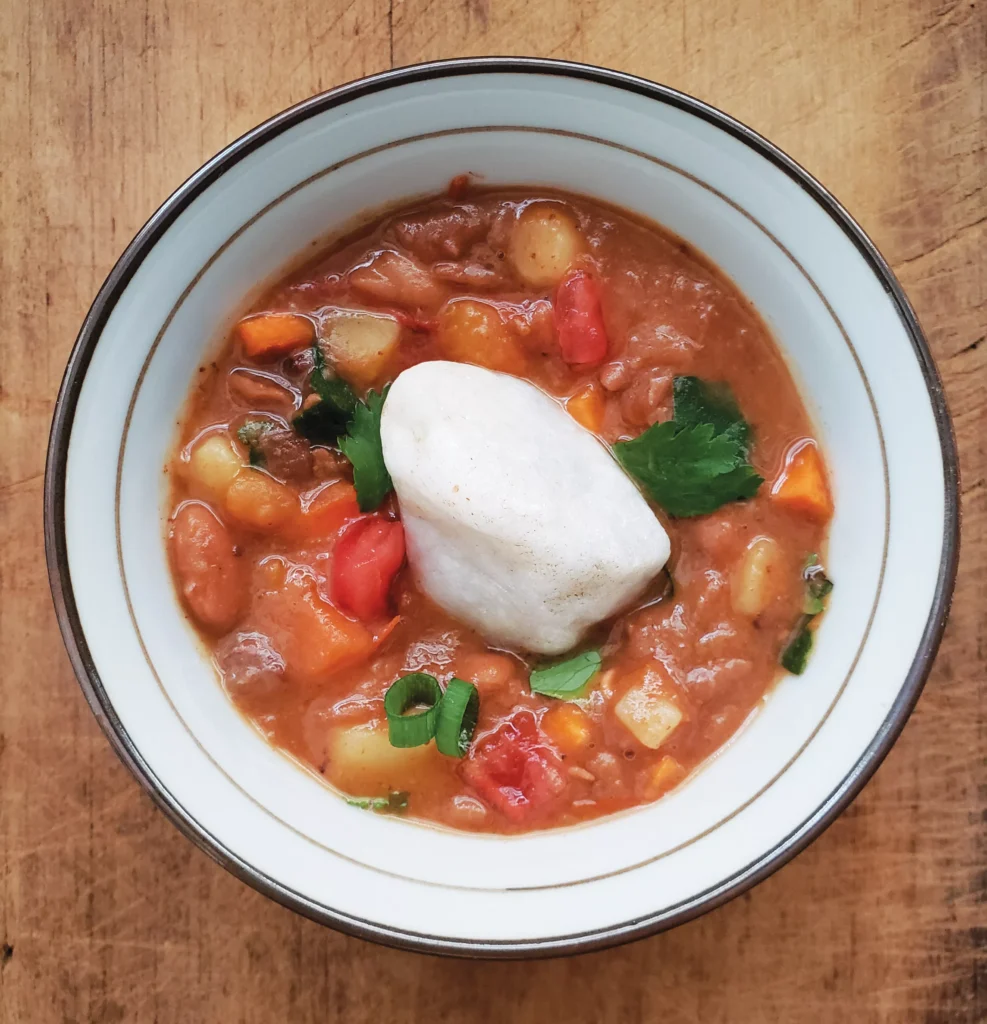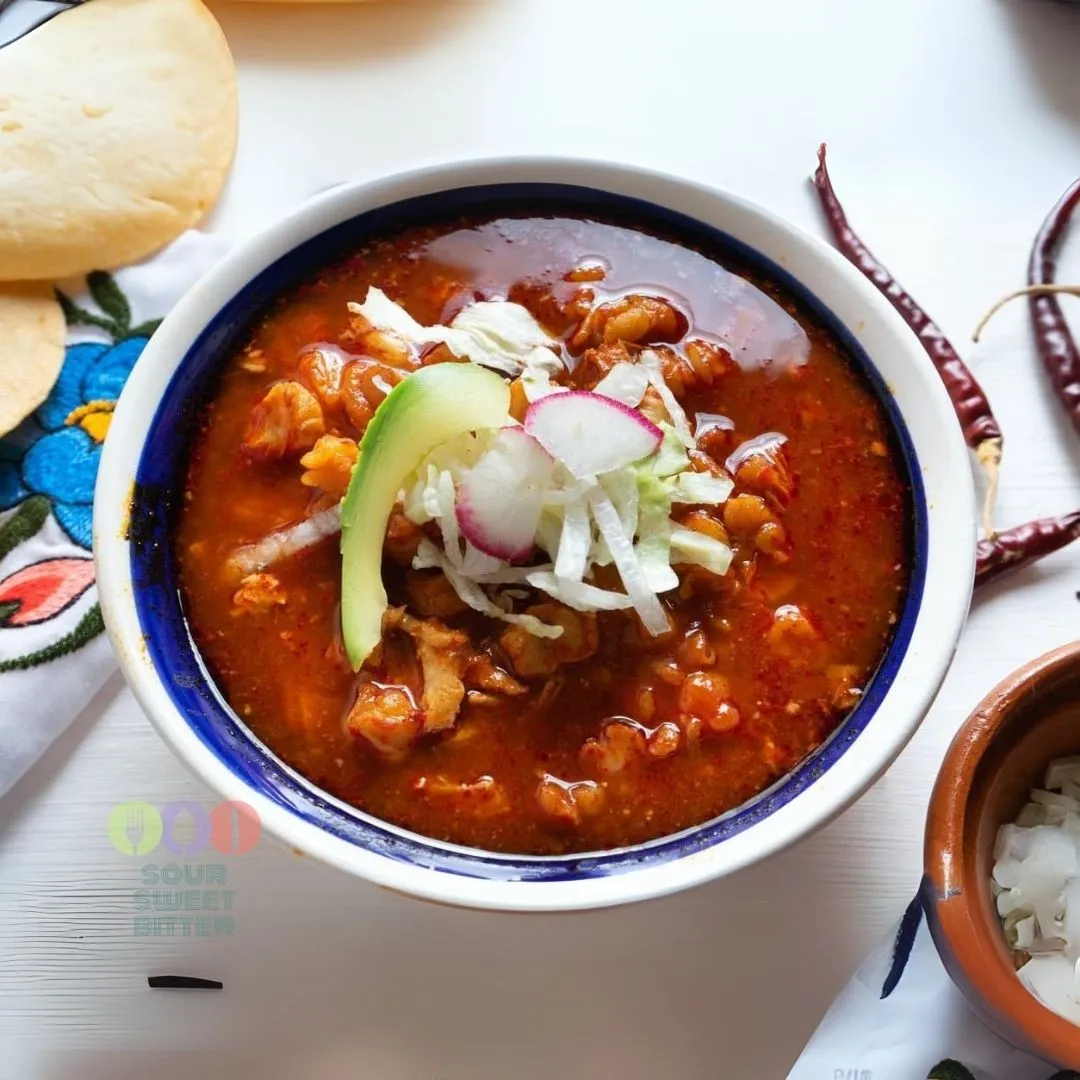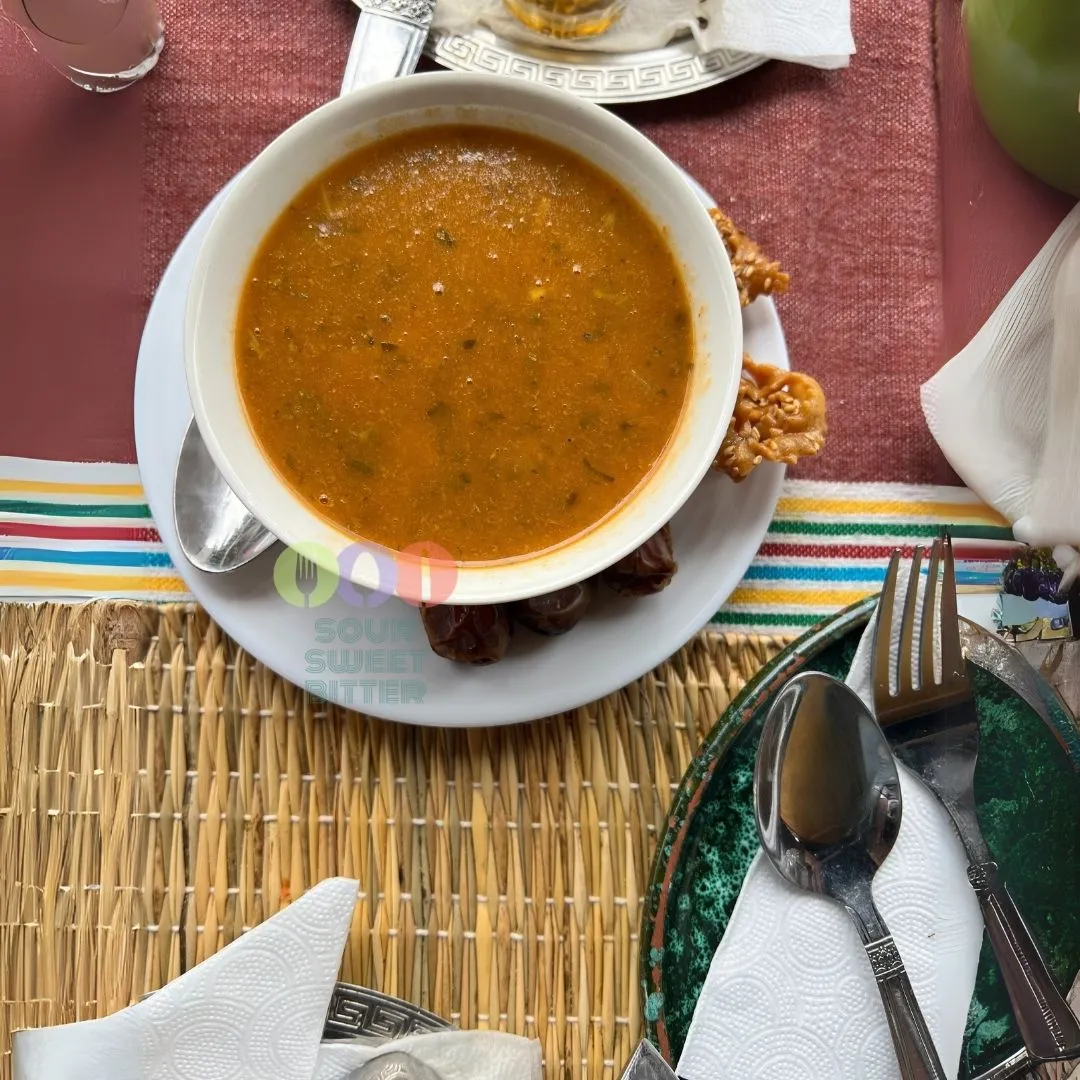Sopa de Pedra: A Glimpse into Portuguese Tradition and Culinary Heritage
Sopa de Pedra, or “Stone Soup,” holds a special place in Portuguese cuisine. This simple dish is more than just a meal; it represents a story of ingenuity, community, and Portugal’s rich culinary traditions. Originating from the Almeirim region in central Portugal, Sopa de Pedra is now a national symbol of simplicity and warmth, bringing people together over a shared love of food.
The Legend Behind Sopa de Pedra
The origins of Sopa de Pedra are rooted in a famous folk tale. The story tells of a wandering monk who arrived in a small village with only a pot and a stone. Hungry and in need of food, he decided to make a simple “Stone Soup.” He placed a stone in a pot of boiling water. Curious villagers gathered around, wondering what he was doing. The monk explained he was making a delicious soup with just a stone. Gradually, the villagers began to contribute small ingredients—some vegetables, a piece of meat, a pinch of salt. By the end, what started as just water and a stone turned into a hearty soup that fed the entire village.
The Cultural Significance
The story of Sopa de Pedra reflects the importance of sharing and community in Portuguese culture. It shows how people can create something wonderful by coming together and contributing what little they have. The soup symbolizes resourcefulness, especially during times when food was scarce. Communities often had to rely on each other to make the most of limited ingredients, and Sopa de Pedra became a dish that embodied this spirit.
Sopa de Pedra in Modern Portuguese Cuisine
Today, people across Portugal still enjoy this Stone Soup. It remains a beloved dish, both for its comforting taste and its deep roots in tradition. In Almeirim, known as the “capital of stone soup,” many restaurants serve this iconic dish. While the recipe has evolved over the years, often including various meats, beans, and vegetables, its essence remains unchanged. The soup continues to be a simple, hearty dish that brings people together, often enjoyed as a starter that warms both the heart and the stomach.
A Symbol of Portuguese Hospitality
This soup also symbolizes Portuguese hospitality. The story invites everyone—friends and strangers alike—to come together and share a meal. It reflects the generosity and warmth of the Portuguese people. The soup’s enduring popularity shows its ability to connect people across generations, keeping a taste of tradition alive.
Discover Traditional Recipes from Portugal Discover Traditional Recipes from Europe You may like this also: Egyptian Halabesa
Portuguese Sopa de Pedra
Instruction
Sopa de Pedra (Stone Soup) is a traditional Portuguese soup that originates from the Almeirim region. This hearty and flavorful dish is made with a mix of vegetables, beans, meats, and often includes a symbolic stone, reflecting a tale of community and resourcefulness. Perfect for warming up on a chilly day, Sopa de Pedra is both a delicious and culturally rich recipe that brings the warmth of Portuguese hospitality to your table.
Ingredients
Instructions
-
Wash and prepare all vegetables. Dice the potatoes, turnip, and carrots. Chop the cabbage and onion. Slice the sausages and bacon.
-
In a large pot, heat the olive oil over medium heat. Add the chopped onion and minced garlic. Sauté until the onion becomes translucent and fragrant, about 3-4 minutes.
-
Add the sliced chouriço, morcela, and diced bacon to the pot. Cook for 5-7 minutes, stirring occasionally until the meats begin to brown and release their flavors.
-
Add the diced potatoes, carrots, turnip, and chopped cabbage to the pot. Stir well to combine all the ingredients.
-
Add the bay leaf and paprika, and season with salt and pepper to taste. Pour enough water or chicken broth to cover all the ingredients.
-
Bring the soup to a boil, then reduce the heat to low. Let it simmer for about 30-40 minutes, or until all the vegetables are tender and the flavors are well combined. If using the stone, place it gently in the pot as a fun addition, but this is optional and for tradition only.
-
About 10 minutes before the soup is finished, add the drained red kidney beans and white beans. Stir well and let them warm through.
-
Remove the bay leaf and, if used, the stone. Ladle the soup into bowls and garnish with freshly chopped parsley.
-
Your traditional Sopa de Pedra is ready. Bom apetite!
Note
- Optional Stone: If you choose to use a stone for tradition, ensure it's clean and sanitized. The stone does not add flavor but symbolizes the creativity and resourcefulness of the dish's origins.
- Flavor Enhancement: Adding a ham hock or pork bone during simmering can enhance the soup's flavor.

















